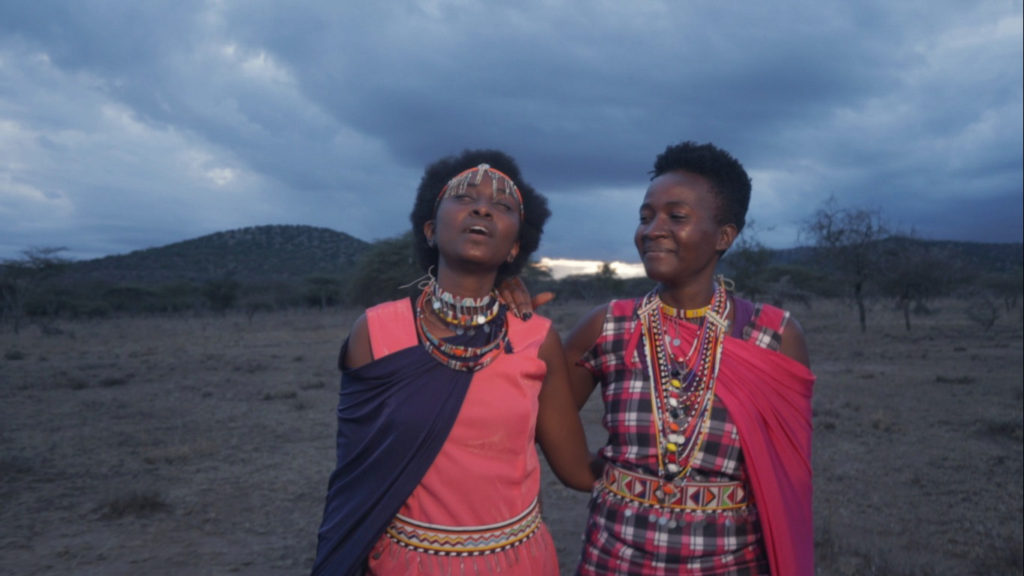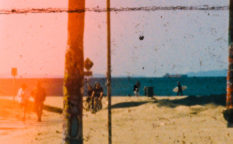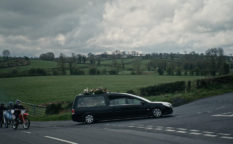The New African Cinema at the Ca Foscari Short Film Festival

Admittedly, there’s no way you can represent a continent with three short films. Let’s face it. Africa is a continent with fifty-four different countries, six different time zones, different climates, different political systems, different identities, different cultures and lived experiences. There’s poverty, certainly, and war, but much of Africa is no longer the famine struck wasteland and recipient of charity that had well-meaning millionaires singing “Do They Know It’s Christmas?” with the naivety of Sting wondering if Russians love their children.
So, the mere three short films shown at the tenth edition of the Ca Foscari Short Film Festival in Venice will do little to encompass the diversity and talent the continent has to offer. But as a taster the curators have done a great job and hopefully this will become a growing platform in years to come. All three offer female-centric views of the world and are full of imagination and ultimately love.
Naisule – Misfit is perhaps the most conventional of the three. Directed by Karanja Ng’endo, the film tells the story of a young Swahili girl in Kenya who must go through the dangerous ritual of female genital mutilation according to custom and her father. The loss of an earlier child forces her mother to rebel and with her child to stand up to a damaging and oppressive patriarchy. It is an affecting drama about the need for change and need for women ‘s voice to be heard.
From Nigeria, Simi has a video diary feel to it, as a young woman remembers her father, his love, encouragement and support. He is fundamental in helping her get her education and she remembers how he drove her to a school to take an exam and how she found him asleep in the car waiting for her during the break. Johnson E. Awolola has created a portrait of ordinary love and the scene where the young woman shares a beer with her father is particularly moving.
Finally, a much more experimental vision can be seen in Walter Mzengi’s Gulf. Stripped of context, two women flee their homeland at once in a boat but also in the desert. Here they discover veiled figures and a hovering crystal which feels almost like the spaceship from Arrival. The possibility of escape shifts towards the dangers of erasure and death. Is this an afterlife? Is this a transcendence? Ultimately, Mzengi trades in the gnomic pleasure of short beguiling visual poem, but the technical confidence and striking visual eye of the Tanzanian filmmaker makes for a very promising introduction.
















